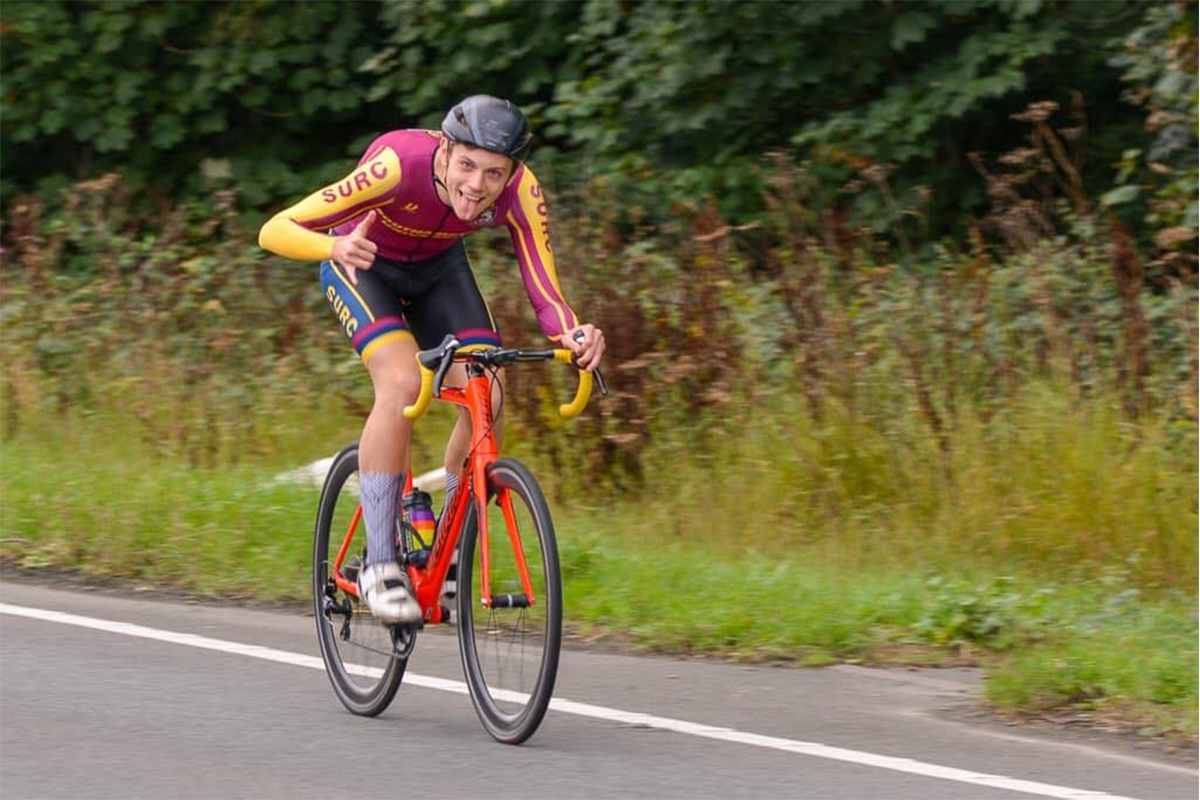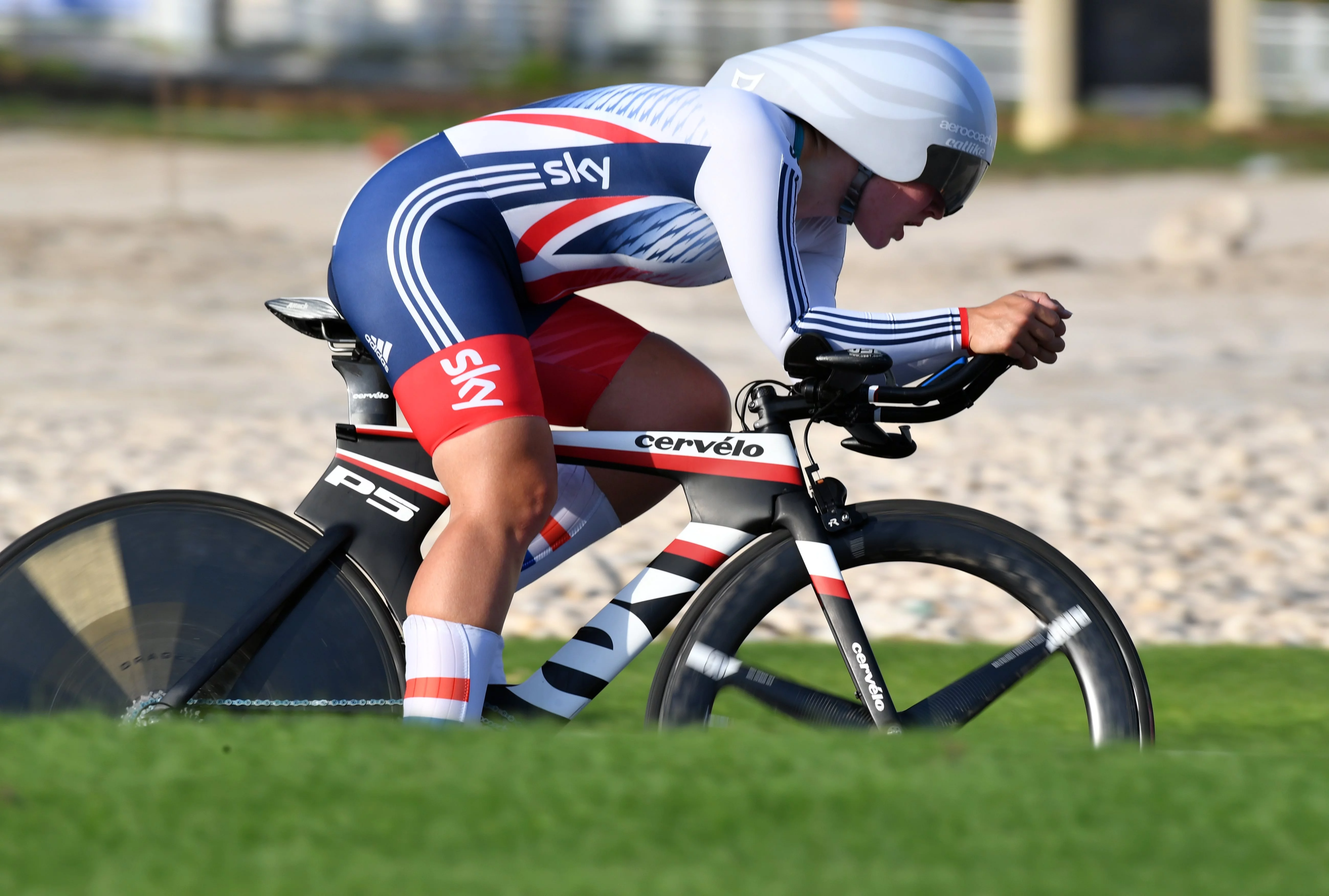Sir Isaac Newton’s laws of motion describe the relationship between an object and the forces acting on it and it’s responses to these forces. An object will remain in motion until a force is applies and the force on the object is proportional to its mass x its change in speed.
Still with me?
These are all relevant to you if you’re riding a bike and are very important things to think about if you want to ride that bike quickly, keep it upright or get it over large climbs and descents.
Let me talk you through some bike-related applications of Newton’s laws, which were written down 130 years before the bicycle was invented so he clearly had excellent foresight. They are what governs how your bike speeds up when you pedal harder, slows down in a headwind and stops when you pull on the brake levers.

The first law
The first of these laws states that an object in motion will remain in motion until a force is applied – this is a posh way of saying that things tend to keep doing what they’re doing and don’t spontaneously speed up or slow down, which a good job too as it would be quite stressful riding a bike if there was a possibility of it randomly accelerating to 100mph!
This law is the reason a bike is harder to get up to a given speed than it is to maintain that speed. It’s also the basis for the first law of time trialling, in order to ride fast you should minimise the time spent riding slowly. It sounds really obvious but it’s based in some quite subtle physics and understanding this, and changing how you ride accordingly, can really improve your times without spending money or improving your fitness.
The second law
The second of these laws is: force on an object = mass x change in its speed. You might have seen this written down in school as…
F=ma
Where F denotes the force on the object, m is the mass of the object and a is its acceleration or change in speed. But how does this equation relate to cycling? The net force acting on you at any time is the force you’re putting through the pedals minus the resistive forces of air resistance, rolling resistance, drivetrain resistance and a host of others. The mass is the sum of your mass, the mass of your bike and the mass of your clothes. If we take this knowledge and rewrite our equation slightly we get…
F(legs) – F(resistance) = (m(rider+bike+clothes)) a
We can see that our change in speed depends on whether or not the force of our legs is greater than the forces slowing us down, as mass will never be less than zero. Consequently, if it is less, then the acceleration will be negative meaning you’ll slow down. A road cyclists’ resistant forces are roughly 80% air resistance.
If there is one thing you should take away from this article it’s that air resistance is the dominating contributor in slowing you down, with the rest being made up from other contributing factors such as rolling resistance, this is the maths behind the huge shift in focus towards aerodynamics in cycling in recent years.
Third law
The final law of motion says every action has an equal and opposite reaction. This law explains why your bike moves forward, as when the tyres roll they push backward on the floor which exerts an equal and opposite reaction forward from the earth. This means that when you pedal you’re actually pushing the earth backward a bit, luckily for us the earth is somewhat larger than our bikes which means the movement of the earth is negligible, however, if we all got together and cycled in the same direction at the same time… I jest, of course, but the action-reaction principle is the physics behind why a wheel works.
This set of laws has real-life consequences. For those of you local to the New Forest in Hampshire, you might know the P164. It’s a 10 mile TT course with 115m of elevation, this makes pacing a more complicated task than a flat route where it’s fastest to just hold a constant power. The New Forest is also notoriously windy, which can play a roll in how to pace.

Normalised Power
If we look now at two rides, both of which were on the same road bike with similar kit. The difference was that one was in March and one in August, so obviously, any conclusions drawn from this should be done with the caveat that this is a case study, unscientific and in different conditions. I would, however, add that neither day was particularly windy – which is odd for the New Forest. The first of these two rides was an average power of 360W, a normalised power of 365W and an average speed of 40.2kph. The second was an average speed of 40.9 kph, with a normalised power of 367W and an average power of 353W. So how was the speed 0.7kph faster for fewer watts?
The key is the normalised power, the first one was a steady effort, roughly, whereas the second the hills were ridden a little harder with a slightly easier, but not easy, effort on the flats and descents. This is in line with Newton’s first law of time trialling, to go fast you should minimise the time spent going slowly. If you ride harder at slower speeds and back off a bit down the hills when you’re moving faster, you’ll go faster overall for the same effort. The same principle can be applied for a course with a section of headwind and tailwind, or smooth road and rough road.
Physics can make you faster and a basic understanding of the mechanics of moving and a touch of aerodynamic knowledge can go a long way, or just pay for ‘Best Bike Split’ and do what your bike computer tells you to. It’s always been a source of surprise to me that cycling took so long to start thinking about physics but now it has expected races to be faster and faster so as cyclists we need to catch on, or we’ll be out the back quicker than you can recite Newton’s Laws of motion.
Whether you are time trialling, road racing or training, Yellow Jersey will have you covered.